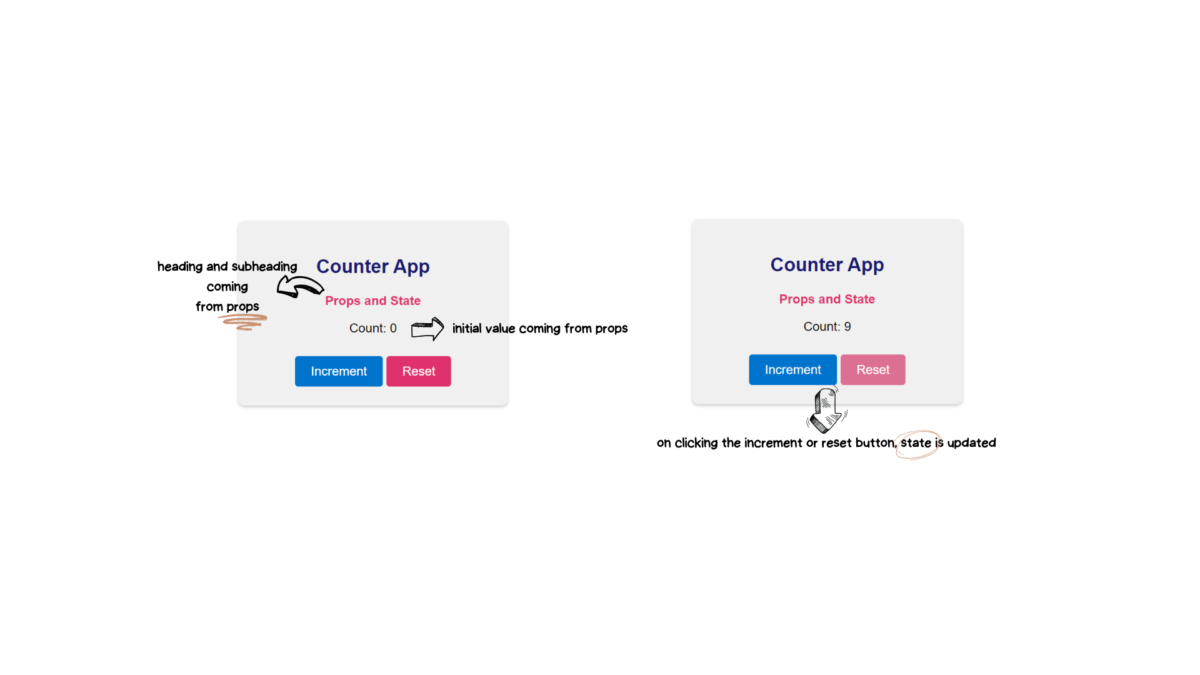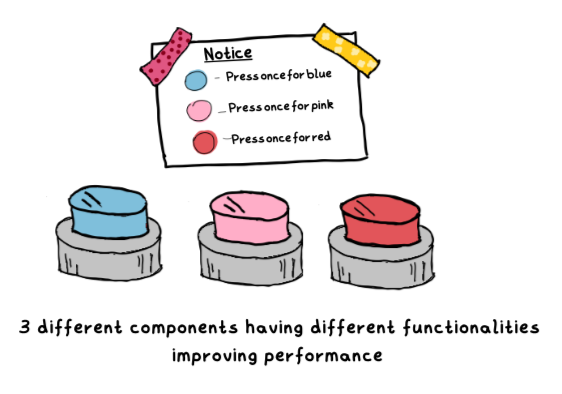Category: React
-
When building web applications with React, managing side effects is a common challenge. Side effects are operations that occur outside the regular flow of a component, such as data fetching, DOM manipulation, and event subscriptions. React provides a solution for this: the useEffect hook. Understanding useEffect useEffect is a hook in React that allows you…
-

React is renowned for its efficiency and performance optimizations. Two critical tools for achieving this are useMemo and useCallback, which play a pivotal role in optimizing React components by memoizing values and functions. Let’s take a closer look to understand what makes useMemo and useCallback necessary, why we use them, how they do their jobs,…
-

React, a popular JavaScript library for building user interfaces, relies heavily on two essential concepts: Props and State. These concepts are fundamental to understanding how data flows within React components and how components interact with one another. In this guide, we’ll delve into what Props and States are, their differences, and how to use them…
-
In the world of web development, making websites load faster and use fewer resources is a big deal. Three cool tricks for achieving this are dynamic loading, lazy loading, and dynamic imports. Let’s break them down and see how they’re similar and different, all in simple terms. Dynamic Loading – Load Stuff When You Need…
-
As React developers, we’re constantly seeking ways to optimize our applications, and one powerful technique at our disposal is dynamic imports. Here, we’ll dive into the world of dynamic imports in React and explore how they can help us achieve faster load times and more efficient code splitting. Understanding Code Splitting Before we delve into…
-

While it is essential for developers to establish a well-organized codebase to enhance productivity, collaboration, and long-term code maintenance, it is essential to recognize that there is no universal approach to structuring a React codebase. However, among the various approaches available, Single Responsibility Principle in React is one of the most encouraged principles. The Single…
-
The DOM (Document Object Model) is like a map that represents the structure of your web page. Whenever something changes, the DOM needs to be updated. However, frequent modifications can slow things down. That’s where the Virtual DOM comes in. It’s a lightweight copy of the DOM that allows for faster updates by only changing…
-
React is a fantastic, free, and open-source JavaScript library that makes building stunning user interfaces a breeze. With React, you can create all sorts of web goodies, from single-page wonders to mobile magic.
-
In React, a well-organized project structure is a vital foundation for success. Properly structuring React files is essential for creating maintainable, scalable, and reusable applications. It improves readability, maintainability, and scalability while promoting separation of concerns and code reuse. By organizing your codebase effectively, you establish a strong foundation for a robust React application, simplifying…
